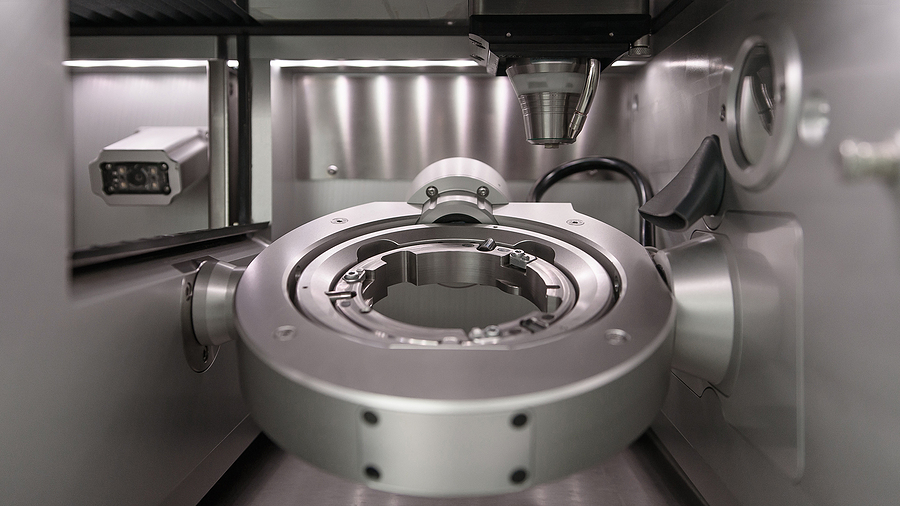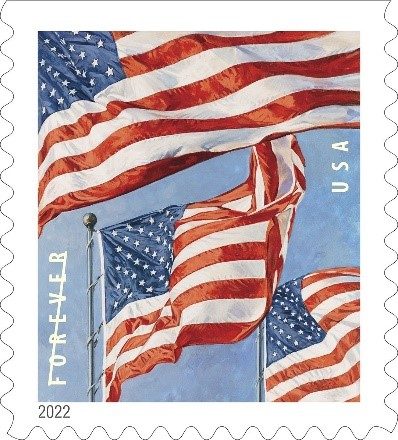It’s been less than a month since spring officially turned to summer and most of America is already sizzling. Here in Minnesota, we have more than 10,000 lakes, streams, and rivers we can jump in to cool off in our spare time. But what is a person supposed to do when the temperatures start to rise at work, especially if you work outside or in a facility without climate-control?
There isn’t a magic answer to that question and heatstroke, or heat-exhaustion are real risks for those who make their living exposed to the elements. But after almost 40 years of working in all kinds of environments from farms to jobsites to factories, in all kinds of weather, I’ve picked up some tips and tricks that can help you beat the heat as well.
Know the Signs
Before we get to tips and tricks, it’s important you know what you’re trying to avoid. Heatstroke and heat exhaustion are both heat-related illnesses and exist on the same spectrum of symptoms. However, heat exhaustion can be treated with basic first aid while heatstroke requires immediate medical attention, so being aware of the difference between the two can be all that separates an uncomfortable condition from a very scary one.
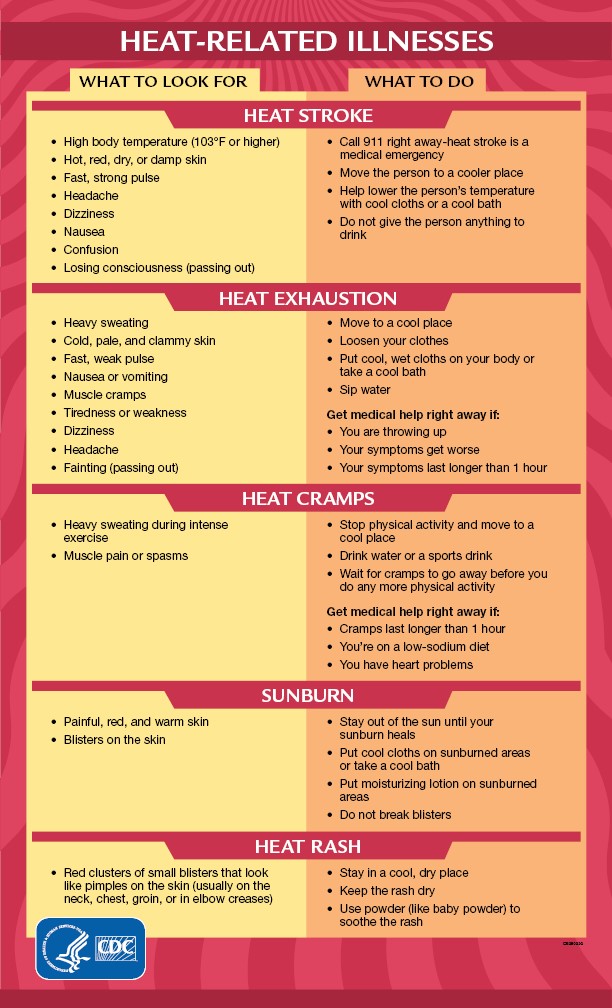
The clearest indicators to watch out for between heatstroke and heat exhaustion are the change in skin condition and cognitive function. If you or a coworker go from excessive sweating with cool, clammy skin to no sweating with hot, dry skin, that is a huge red flag. If mental confusion and slurred speech are also occurring, then you need to call 911 immediately and take emergency steps to begin cooling the affected person down.
An Ounce of Prevention is Worth a Pound of Cure
Knowing what to look for, and what to do if you find it, is always important. However, the goal is to avoid these situations completely whenever possible. The good news is that’s relatively simple with just a little extra planning and effort. Here’s what’s worked for me and my crews over the years. I promise, whether you work in the field or a facility, there’s something in this list that will help you too!
1 Hydrate – Your body is an amazing machine, and it already has a great cooling system. You just need to keep it fully functional. Sweating may be gross but it’s how your body cools itself, and it works. If you’re starting to feel thirsty, you’re already underhydrated. The trick is to take a preventive maintenance approach. Drink lots of water and drink it on a schedule. Tell yourself one bottle before work, one during work before break, one at break time, etc. This will make sure you’re always replacing what you’re losing so your body can keep sweating. If multiple bottles are a bother, something with measurements can really help keep you on track.
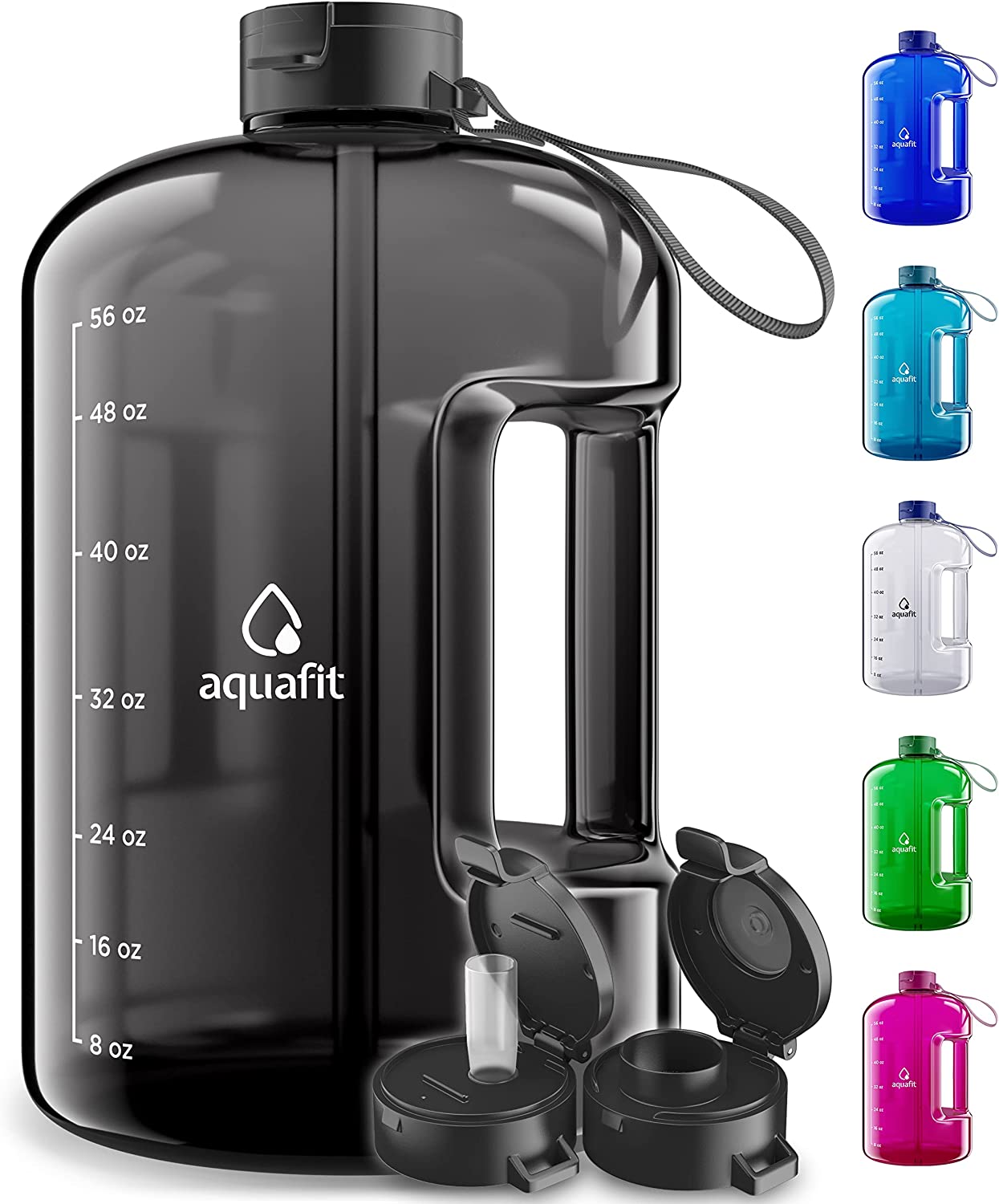
2 Clothes – It’s important to dress appropriately for the weather but this doesn’t just mean what you wear. How, and how long, you wear your clothes matters too. When working outside, wearing material that is both lightweight and light-colored can help you. Lightweight clothing helps you shed heat more easily and light-colored clothing absorbs less solar energy to create heat in the first place. But even the most perfect clothing will still leave you sweating if it’s hot enough, so bring a spare (or two). Having dry socks and shirts to change into at break times is a great heat hack. This doesn’t just keep you feeling drier and more comfortable, it allows your sweat cycle to continue more efficiently too.
3 Cover up – Suns out, guns out. Right? Wrong! It may sound counter-intuitive but the more skin you cover when working in the heat the better, especially outside. Long sleeves and long pants in lightweight materials keep the sun off your skin. This helps to hold moisture in to avoid dehydration and prevents direct contact with rays, so you keep extra heat out and extra moisture in. Hats with wide brims are great add-ons to protect typically uncovered areas like your face and neck. Clothing made with UV-resistant materials add an extra layer of protection too.
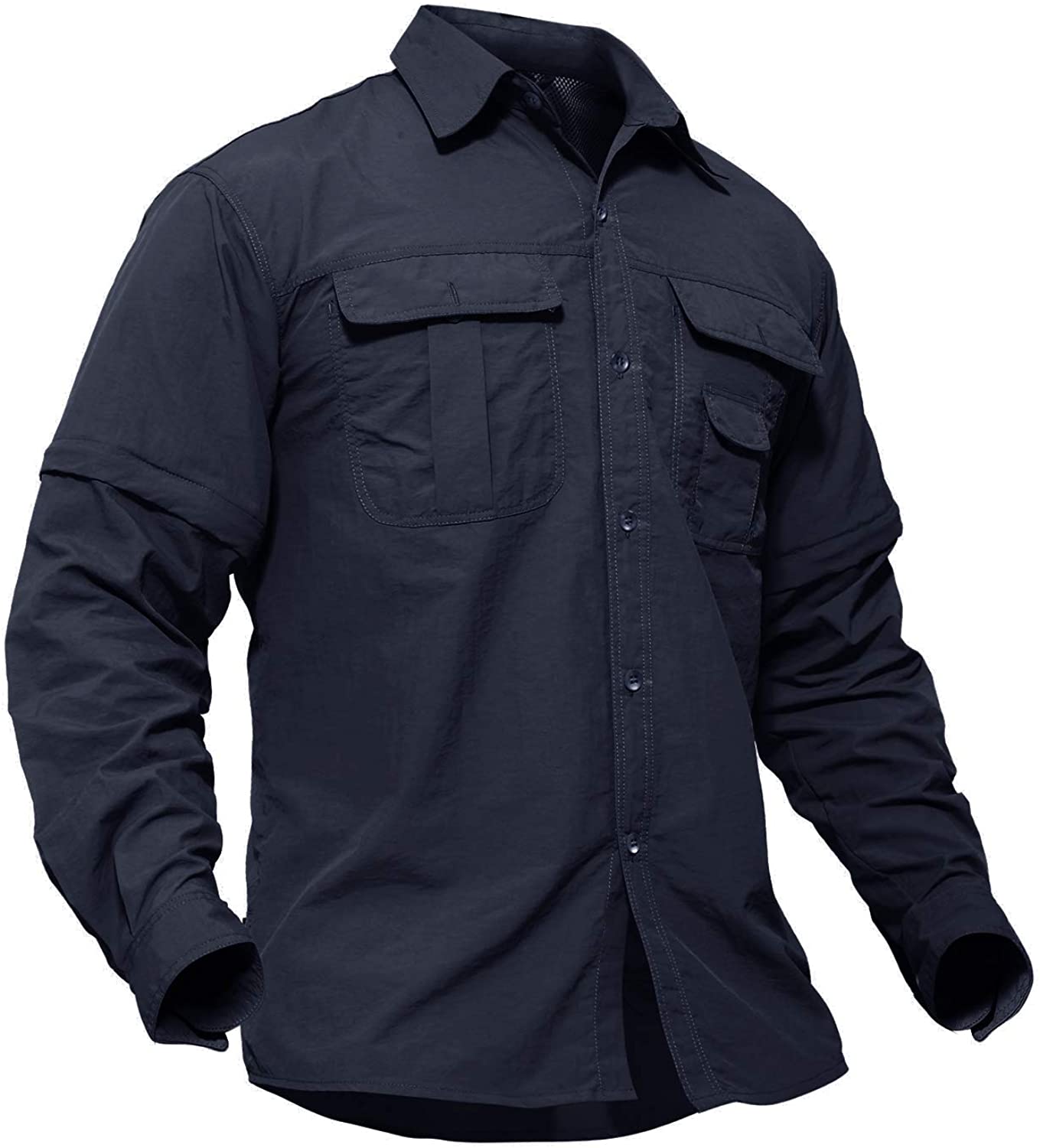
4 Cooling Towels – Cooling towels, neck wraps, and headbands are essentials for anyone working in high heat environments. Basically, they help amplify your body’s ability to cool itself by causing increased evaporation. A bonus is that they feel great on a hot day, especially if you store extras in your cooler or soak them in cold water.
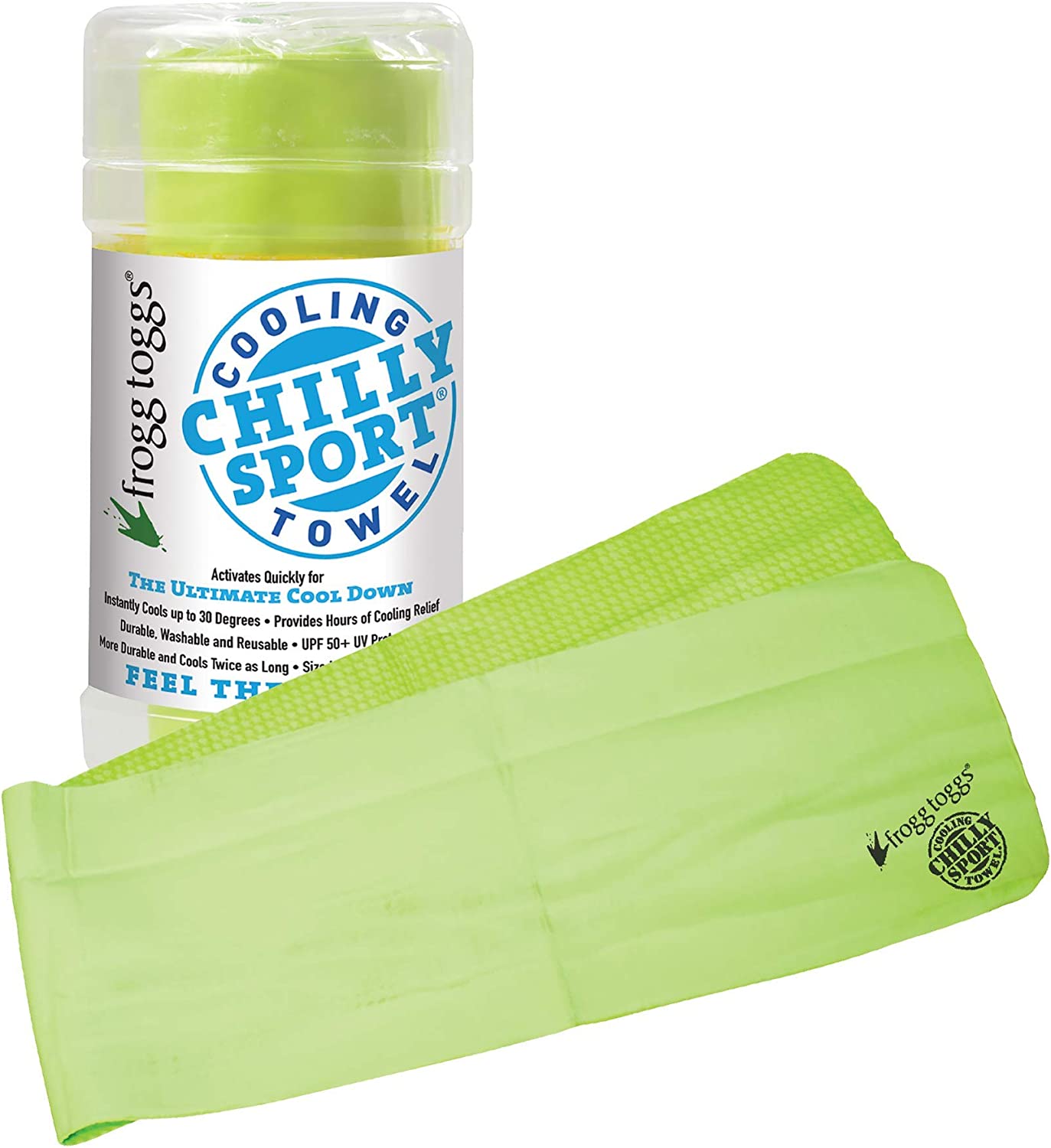
5 Avoid Bad Stuff – Alcohol and caffeine are both natural diuretics. This means they will advance dehydration (dry you out faster) so drinking a cold beer or pop on a hot day is a bad idea. They might taste good and feel good but they’re doing bad things to your cooling system. Save these beverages for off-hours spent in AC and focus on water or liquids with electrolytes. Avoid sugars when possible also.
6 Points of Relief – It might sound new age but applying pressure to certain points of your body can help lower blood pressure, reducing internal heat creation and causing a full body cooling effect. Apply pressure to the back of your neck, shoulders, or bottom of your feet next time you take a break, and you’ll see what I mean.
7 Pair Off – The heat can sneak up on you when you’re distracted at work and sometimes it’s hardest to “see” yourself. Because of this you should always work in pairs when working in extremely hot conditions. Keep an eye on each other while working and remind each other to drink water and take breaks according to the schedule you agree to before starting your day. Make sure you have a plan in place, ahead of time, for what to do if signs of heat illness are noticed!
More Tips & Tricks
I hope you found value in this list. I learned most of these lessons the hard way and I don’t want you to have to do the same. If you’d like more tips & tricks to take with you to work, read our previous blog with advice on how to survive a 12-hour shift. Got tips or tricks of your own to share? We’d love to help you do that! Send them to our Writing Team and we’ll be happy to share them in a future blog. Stay cool and be safe this summer!

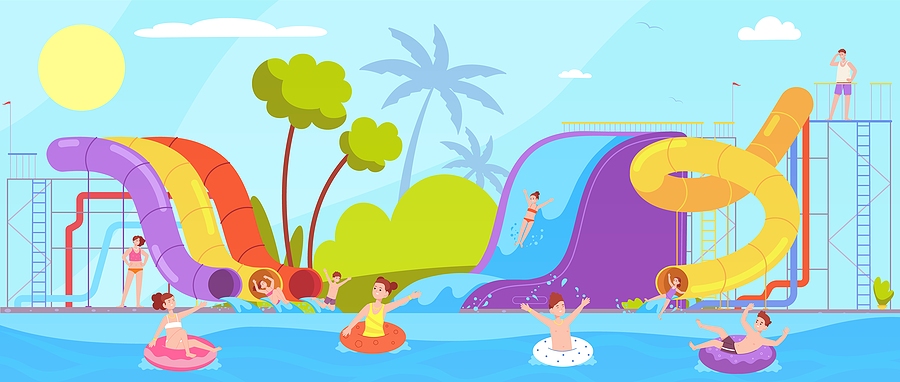

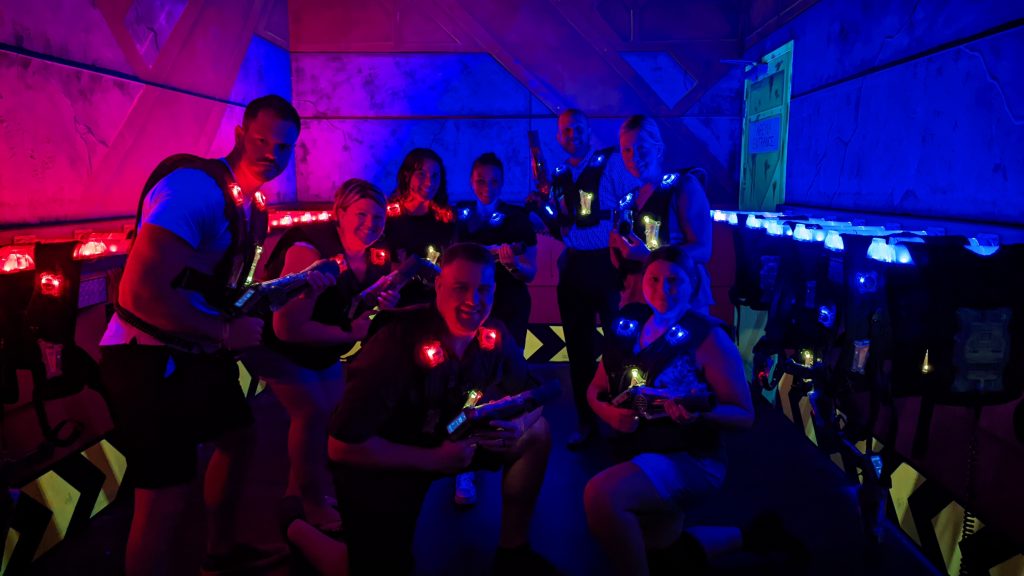

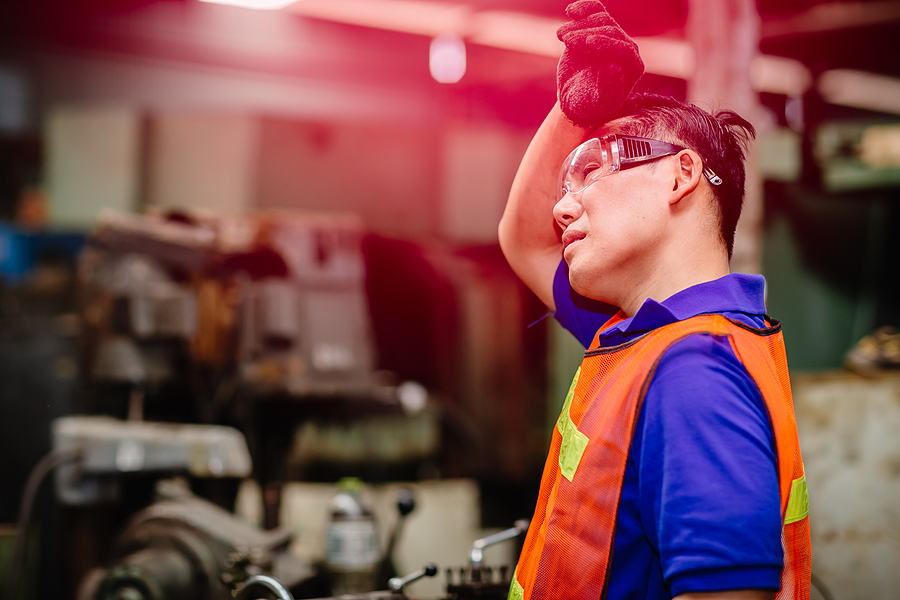




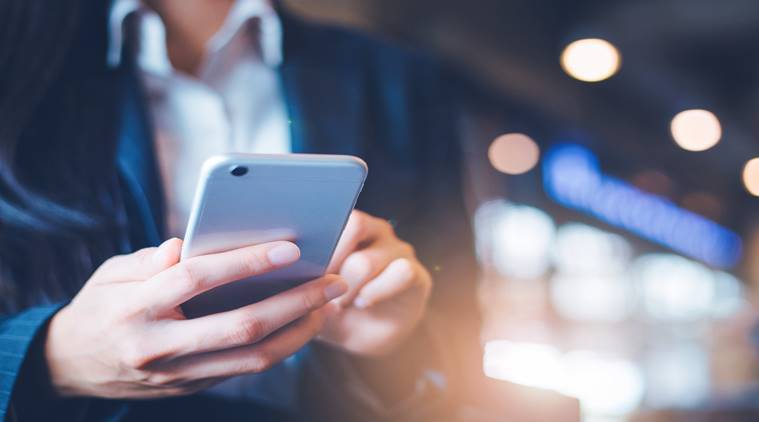
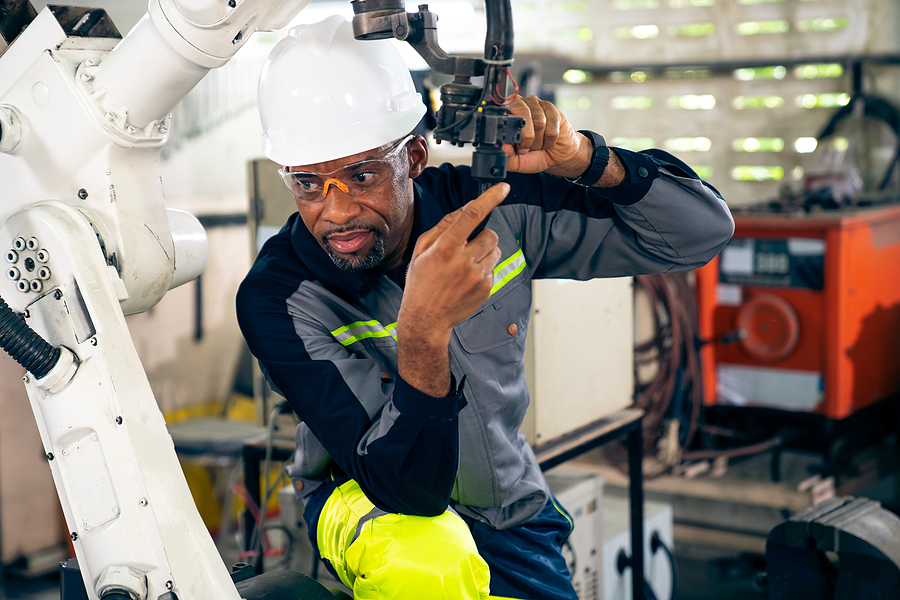
 In 1969, researchers working for the U.S. Advanced Research Projects Agency sent the first host-to-host message between laboratories at UCLA and Stanford. This marked
In 1969, researchers working for the U.S. Advanced Research Projects Agency sent the first host-to-host message between laboratories at UCLA and Stanford. This marked  3M chemist, Spencer Silver, stumbled upon a revolutionary type of adhesive during research that could stick and re-stick without leaving residue behind. But he didn’t know what to do with it
3M chemist, Spencer Silver, stumbled upon a revolutionary type of adhesive during research that could stick and re-stick without leaving residue behind. But he didn’t know what to do with it 